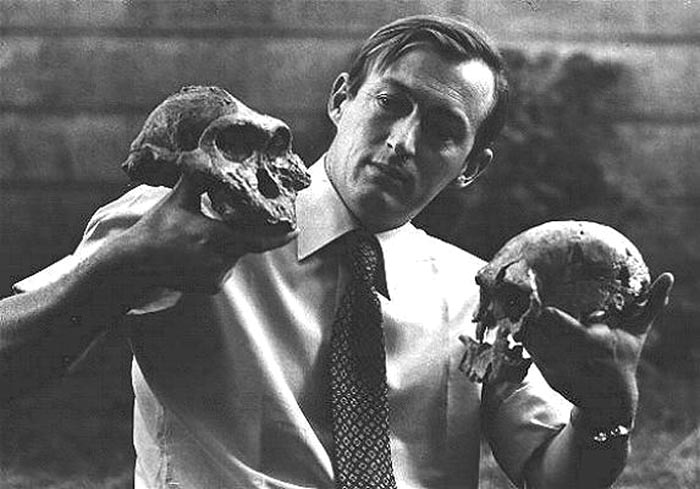There are no products in your shopping cart.
| 0 Items | £0.00 |


WORLD acclaimed conservationist and fossil hunter Richard Leakey whose groundbreaking discoveries helped prove that humankind evolved in Africa has passed on at the age of 77 at his home in Kenya.
Dr Leakey, a famed palaeoanthropologist had remained energetic into his 70s, despite bouts of skin cancer and kidney and liver disease. This morning, President Uhuru Kenyatta of Kenya announced Dr Leakey’s death in state media, saying he did so with deep sorrow.
Posting on Twitter, the Leakey Foundation wrote of its deep sadness at his death, adding that he was a visionary whose great contributions to human origins and wildlife conservation will never be forgotten. Dr Leakey was born in Nairobi on 19 December 1944 and it was perhaps inevitable that he would become a fossil hunter given his parents Louis and Mary Leakey, perhaps the world’s most famous discoverers of ancestral hominids.
Dr Leakey won a research grant to dig on the shores of northern Kenya’s Lake Turkana and during the 1970s he led expeditions that shed new light on the scientific understanding of human evolution. He then got his big breakthrough with the discovery of the skulls of Homo Habilis in 1972, who was 1.9m years old and of Homo Erectus on 1975 who was 1.6m years old.
He made the cover of Time magazine posing with a Homo Habilis mock-up, under the headline How Man Became Man. However, it was in 1981, when Dr Leakey fronted the landmark seven-part BBC TV series The Making of Mankind, that he gained wider fame.
Just a few years later, in 1984, he would enjoy his most famous fossil find, the uncovering of a near-complete Homo Erectus skeleton during one of his digs. Nicknamed Turkana Boy, it dated from approximately 1.5m years ago and is the most complete fossil skeleton of a human ancestor ever found.
During this decade Leakey became one of the world’s leading voices against the then legal global ivory trade. In 1989 the Kenyan president Daniel Arap Moi appointed him to lead the national wildlife agency, which became the Kenya Wildlife Service (KWS).
Softly spoken and seemingly devoid of personal vanity, Dr Leakey’s campaigning methods could nevertheless be eye-catching. He masterminded a spectacular publicity stunt of burning a pyre of ivory by setting fire to 12 tonnes of tusks, making the point that once removed from elephants they had no value.
He also held his nerve when implementing a shoot-to-kill order against armed poachers. Dr Leakey’s illustrious career, however, was beset with health challenges as in 1969 he was diagnosed with a terminal kidney disease.
Some 10 years later and seriously ill, he received a kidney transplant from his brother, Philip, and recovered to full health. Then in 1993 his small Cessna plane crashed in the Rift Valley and although he survived, he lost both legs, with sabotage suspected but never proved.
Dr Leakey was eventually forced out of KWS and began a career as a prominent opposition politician, joining the voices against President Moi’s corrupt regime. His political career met with less success and in 1998 he was appointed by President Moi to head Kenya’s civil service in charge of fighting official corruption but the task proved impossible and he resigned after just two years.
In 2015, as another elephant-poaching crisis gripped Africa, President Kenyatta invited Dr Leakey back to KWS, this time as chairman of the board, a position he would hold for three years. Dr Paula Kahumbu, the head of Wildlife Direct, a conservation group founded by Dr Leakey, described him as a very good friend and a true loyal Kenyan.